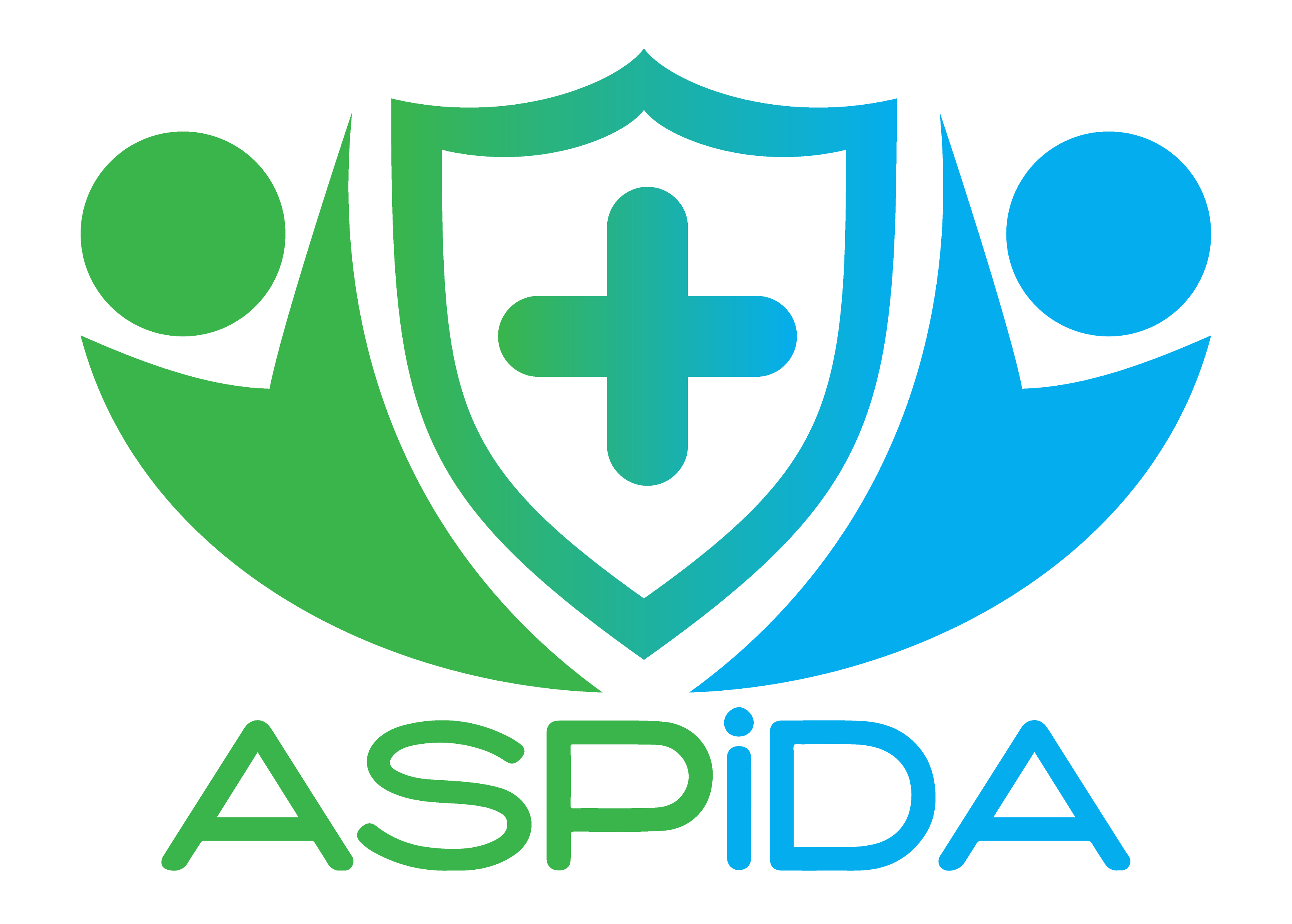⤤ Gait analysis Comparison Between Manual Marking, 2D Pose Estimation Algorithms, and 3D Marker-Based System
Recent advances in Artificial Intelligence (AI) and Computer Vision (CV) have led to automated pose estimation algorithms using simple 2D videos. This has created the potential to perform kinematic measurements without the need for specialized, and often expensive, equipment. Even though there’s a growing body of literature on the development and validation of such algorithms for practical use, they haven’t been adopted by health professionals. As a result, manual video annotation tools remain pretty common. Part of the reason is that the pose estimation modules can be erratic, producing errors that are difficult to rectify. Because of that, health professionals prefer the use of tried and true methods despite the time and cost savings pose estimation can offer. In this work, the gait cycle of a sample of the elderly population on a split-belt treadmill is examined. The Openpose (OP) and Mediapipe (MP) AI pose estimation algorithms are compared to joint kinematics from a marker-based 3D motion capture system (Vicon), as well as from a video annotation tool designed for biomechanics (Kinovea). Bland-Altman (B-A) graphs and Statistical Parametric Mapping (SPM) are used to identify regions of statistically significant difference. Results showed that pose estimation can achieve motion tracking comparable to marker-based systems but struggle to identify joints that exhibit small, but crucial motion. Joints such as the ankle, can suffer from misidentification of their anatomical landmarks. Manual tools don’t have that problem, but the user will introduce a static offset across the measurements. It is proposed that an AI-powered video annotation tool that allows the user to correct errors would bring the benefits of pose estimation to professionals at a low cost.
Journal
Frontiers in Rehabilitation Sciences
Publication Date
September 6th, 2023
